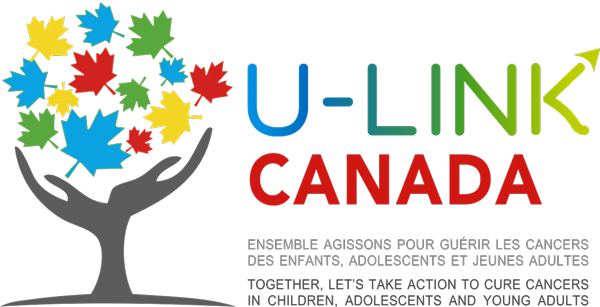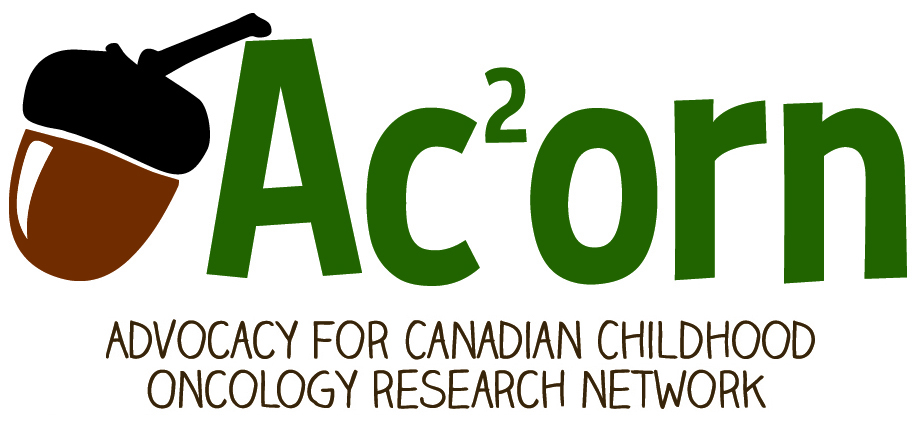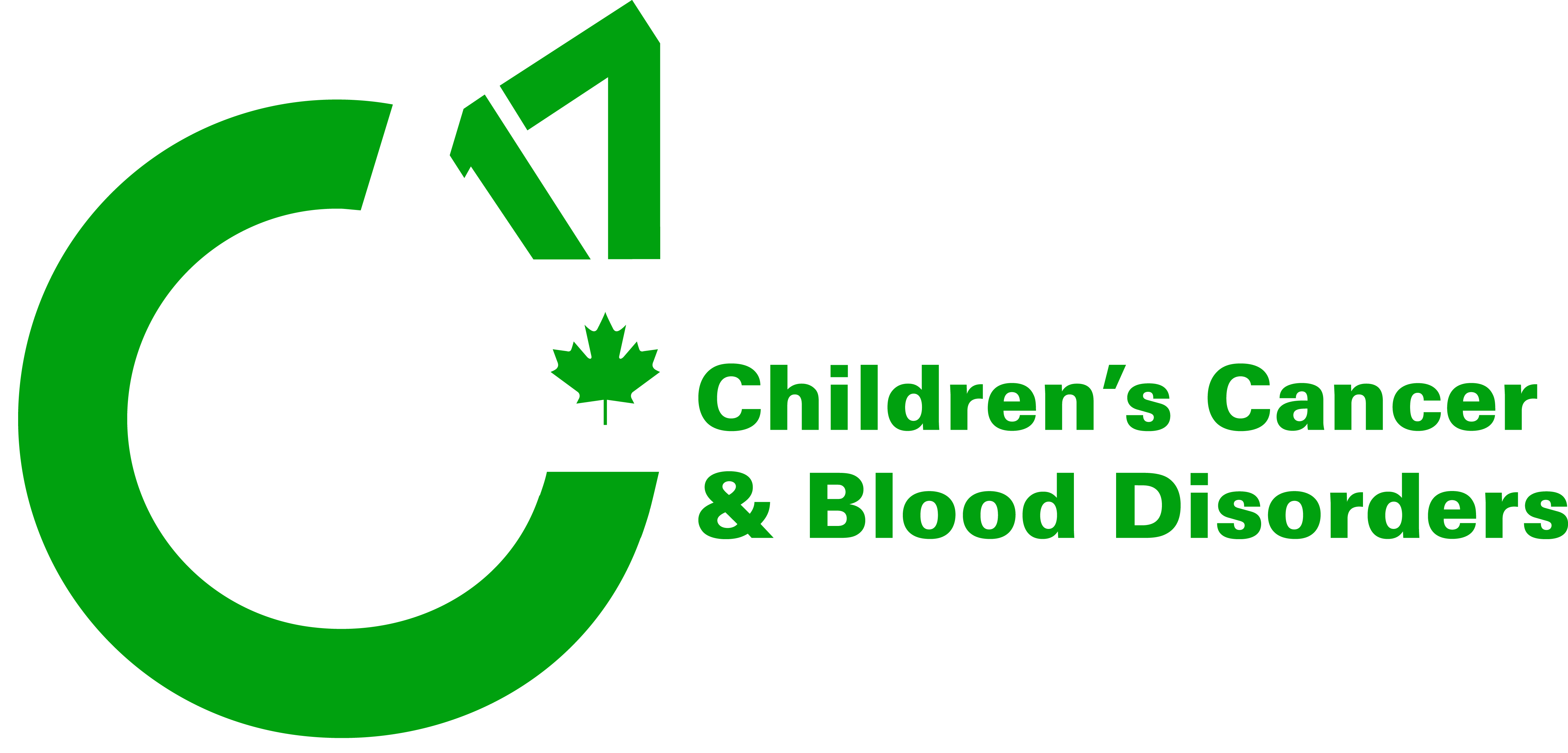Canadian Childhood, Adolescent and Young Adult Cancer Statistics and Facts
In May 2018, Ac2orn (Advocacy for Canadian Childhood Oncology Research Network) published the following information about Canadian specificities for chilhood, adolescent and young adult cancer. Please find their website here.
Prevalence
Approximately 3,800 children, adolescents and young adults are diagnosed with cancer each year in Canada (between the ages of 0-29 years). Approximately 1,500 children and adolescents were diagnosed with cancer in Canada in 2017 (between the ages of 0-19 years).
Cancer causes the greatest number of childhood deaths of any disease. Cancer is the second most common cause of death for children in the developed world, second only to accidental death.
Cancer incidence rates are slightly higher in boys than girls. Childhood cancer incidence rates are slowly increasing over time. There is very little known about the causes of childhood cancer.
In Canada, childhood cancer accounts for less than 1% of all newly diagnosed cases of cancer (for ages 0- 19 years). In Canada, cancer among adolescents and young adults ages 15-29 account for 1.5% of all newly diagnosed cancers.
A rare disease is a condition impacting less than 1 person in 2000 in their lifetime. Childhood, adolescent and young adult cancer is considered a rare disease. The smaller patient population allows for nimble and targeted research, fosters international scientific collaboration, and facilitates the ability to pilot system change in a high-need patient group to understand if there is benefit to the entire health system.
Find more information specific to children here.
Survival and Mortality
Approximately 416 Canadian children, adolescents and young adults die from their cancer every year (between the ages of 0-29 years).
Approximately 1 child dies every day from cancer in Canada (between the ages of 0-29 years).
The five-year survival rate for Canadian children with cancer has improved from 71% to 82% (late 1980s to the early 2000s). This increase is directly attributable to clinical trials. Between 1968 and 1993, almost 13,000 children with acute lymphoblastic leukaemia (ALL) were treated on clinical trials and survival improved from less than 10% to over 70%.
If pediatric cancer is not treated, and not treated properly, it is a disease which is almost uniformly fatal. Brain cancer (34%), leukemia (26%) and neuroblastoma (11%) are the three cancers that account for the majority of deaths in children aged 0-14 years old in Canada. Leukemia (17%), brain cancer (15%), and bone cancers (11%) are the three cancers that account for the majority of deaths in adolescents and young adults aged 15-29 years old in Canada.
Adolescents and Young Adults (15-29 years of age)
The most common cancers for adolescents and young adults are thyroid cancer (17%), testicular cancer (14%), Hodgkin lymphoma (11%), and melanoma (7%).
In this transitional age group, cancer can have characteristics that are either common in childhood cancer or that are common in adult cancers.
Advancements in treatment and overall survival for AYA with cancer has been extremely limited over recent years.
Find more information specific to adolescents and young adults here.
Children are NOT Little Adults
Cancers in children are typically a result of changes in the DNA; however, adult cancers are often due to environmental factors (i.e., exposure to carcinogens), lifestyle choices (i.e., obesity, smoking), and cellular aging. Unlike adults, children cannot make life choices which will help reduce their chances of a cancer diagnosis. Children have different physiology than adults. How a child’s body deals with medication (pharmacokinetics) and how medications affect the child’s body (pharmacodynamics) is very different to what occurs in adults. As a child grows and develops, from infant to child to adolescent to teen, a medication can impact them differently at various stages of their development.
The disease behaves differently in children, is often more aggressive and frequently metastasizes to other parts of the body. Excluding systematic cancers such as leukemia, approximately 25% of children diagnosed with cancer present with metastatic disease. This is significantly higher for certain types of childhood cancers (e.g., in stage IV neuroblastoma, approximately 75% of children present with metastatic disease). This is not to the same degree as adult cancers, with adult cancers often being more indolent in their presentation and course.
Cancers such as leukemia, lymphoma, neuroblastoma, and retinoblastoma mainly affect children and are rarely diagnosed in adults. Even though children and adults might be diagnosed with a cancer that is called by the same name, these “are frequently different on both phenotypic and molecular levels”.
Childhood cancers frequently respond to treatments such as chemotherapy and children are often able to tolerate the treatments better than adults. Interestingly, the maximum tolerated dose (MTD) of a drug for children is often not much lower than the MTD of the same drug for adults. Children typically do not have additional co-morbidities that may cause added challenges to therapy (i.e., obesity).


